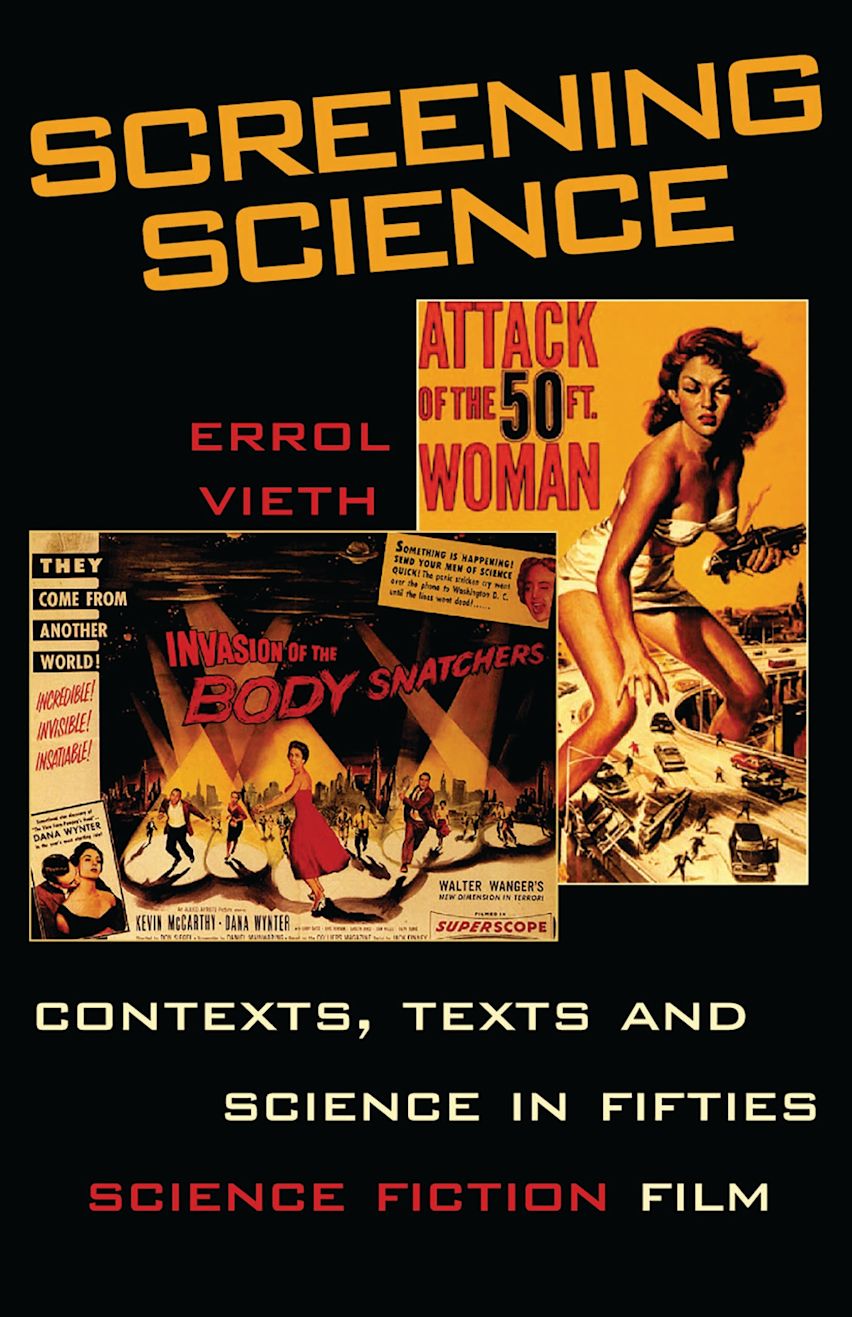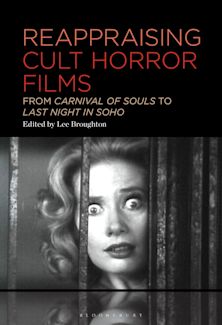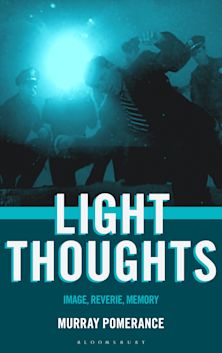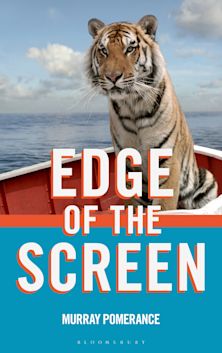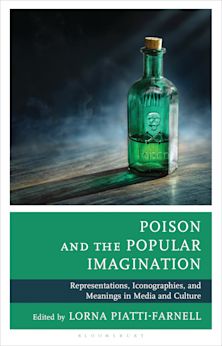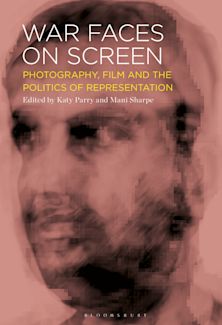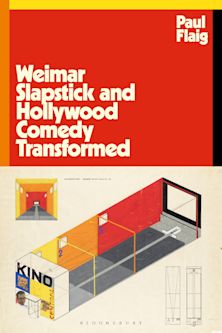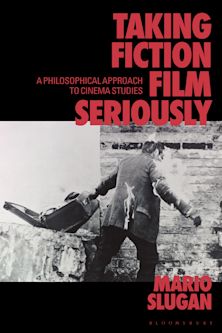- Home
- ACADEMIC
- Film & Media
- Film History
- Screening Science
This product is usually dispatched within 1 week
- Delivery and returns info
-
Free US delivery on orders $35 or over
You must sign in to add this item to your wishlist. Please sign in or create an account
Description
Screening Science removes the science fiction genre from considerations of monsters and aliens, to an examination of humans and their relationship with science, technology and change. The book is structured in two parts. The first examines the genre of science fiction, the contextual elements of history and culture, and the film industry. The second analyses the nature of science and its representation in western culture, narrowing to an attempt to detail the cultural representation of science in science fiction films, especially in the fifties when the film medium assumes significance for the genre.
Vieth examines the growth in the influence and power of the scientific paradigm in the fifties through an examination of film in which such science was discussed, distorted, debated, denigrated, demonized and deified. This exploration reveals a great deal about the concerns of the time, as well as the science that figures so powerfully in the web of culture of the fifties.
Table of Contents
Chapter 2 Science and Fiction
Chapter 3 The genre according to the critics
Chapter 4 The genre according to the writers
Chapter 5 The boundaries of the science fiction film: Horror and Fantasy
Chapter 6 The genre web and genre threads
Chapter 7 Stars in science fiction
Chapter 8 Special effects and the science fiction film
Chapter 9 Cultural and Historical Contexts
Chapter 10 Grand narratives and the emergence of science fiction
Chapter 11 Change and fear
Chapter 12 The appearance of UFOs
Chapter 13 Hollywood and the Pentagon
Chapter 14 The social context
Chapter 15 Audiences
Chapter 16 Industrial Contexts
Chapter 17 Changes in the industry
Chapter 18 The challenge of television
Chapter 19 The growth of drive-ins
Chapter 20 Case studies
Chapter 21 Special effects artists
Part 22 Science and Scientists
Chapter 23 The (Liberating) Nature and (Rhetorical) Function of Science
Chapter 24 The liberating nature of science
Chapter 25 Change through tertiary education
Chapter 26 Science as dangerous change: The conservative paradigm
Chapter 27 Nuclear holocaust: The responsiblity of science
Chapter 28 The rhetorical function of science
Chapter 29 Medical and Psychological Science
Chapter 30 Invasion of the Body Snatchers
Chapter 31 Invaders from Mars
Chapter 32 Amazing Colossal Man
Chapter 33 The Thing
Product details
| Published | Sep 18 2001 |
|---|---|
| Format | Hardback |
| Edition | 1st |
| Extent | 264 |
| ISBN | 9780810840232 |
| Imprint | Scarecrow Press |
| Dimensions | 9 x 6 inches |
| Publisher | Bloomsbury Publishing |
About the contributors
Reviews
-
With its abundance of scholarly and popular references – beautifully indexed and documented – it rewards its reader with a clear and cogent statement about the importance of, and the accessibility of, fifties sf films. In addition, the book inspires the reader (well, this one, for sure) to delve into the dusty shelves of local video stores and re-view many of the referenced films...both entertaining and thought-provoking.
Science Fiction Studies
-
Screening Science is an excellent introduction for those unfamiliar with scholarship on 1950s science fiction films. For scholars in the field, Vieth's discussion of science's role in science fiction films is enough to recommend the book, and I highly commend him for including a study of science when analyzing science fiction.
Isis
-
Vieth offers a cerebral, well-written analysis of the US science fiction films of the 1950s. He takes films that many critics have ignored and reveals their value as cultural artifacts. He first defines the science fiction genre in literature and film and uncovers the arguments about the science and the films. He notes the universal appeal they have enjoyed through their foregrounding of what may happen in the foreseeable future. He presents the social and historical context of the US in the 1950s; looks at how different films conflict in their points of view; analyzes the movie industry's attraction to science fiction films; and considers the genre's teenage audience. In addition, he defines the function of science and its liberating nature...In particular, he details the medical and psychological sciences as presented in Invasion of the Body Snatchers, Invaders from Mars, The Amazing Colossal Man, and The Thing. The filmography and chapter notes are extensive, and the bibliography and index are good.
Choice Reviews










